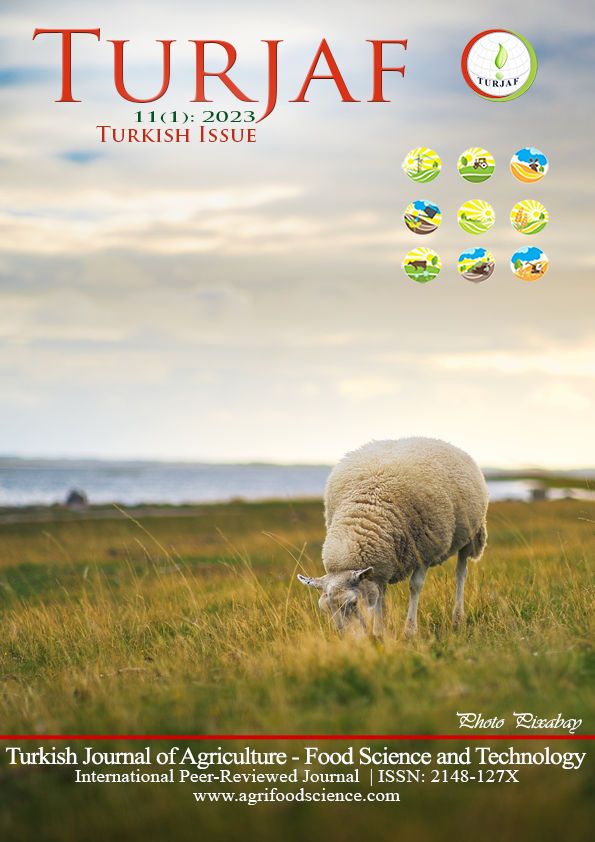Evaluation of Agricultural Parcels in terms of Land Consolidation with Shape Analysis in Tekirdağ Province
DOI:
https://doi.org/10.24925/turjaf.v11i1.74-87.5585Keywords:
Parcel shape index, Land consolidation, Geographic information systems, Rural land planning, Tekirdağ provinceAbstract
Shape irregularity is one of the most important factors that reduce agricultural efficiency and the sustainability of rural development. In the study, the shape of 346.740 agricultural parcels in Tekirdağ province was measured by the Parcel Shape Index (PSI) method, which integrates six different criteria (length of sides, acute angles, reflex angles, boundary points, compactness and regularity). The PSI method analyzes geometry more comprehensively than other classical shape methods. Determining the shape suitability of the parcels with this method and then the corrections to be made in the deformed parcels ensure that the negative effects of agricultural mechanization are minimized. In the research, shape suitability degrees were categorized into four groups; namely, highly irregular shapes, irregular shapes, regular shapes and near optimum shapes. It was determined that 17.27% of the parcels in the province have a highly irregular shape, 35.21% have an irregular shape, 35.54% have a regular shape and 11.98% have near optimum shape geometry. Land consolidation studies should be carried out urgently due to the shape irregularity affecting production throughout the province. PSI method can provide great benefits in the site selection before the land consolidation projects planned in Türkiye, at the scale of basin, village or rural county.Downloads
Published
31.01.2023
How to Cite
Kurşun, E., Konukcu, F., & Altürk, B. (2023). Evaluation of Agricultural Parcels in terms of Land Consolidation with Shape Analysis in Tekirdağ Province. Turkish Journal of Agriculture - Food Science and Technology, 11(1), 74–87. https://doi.org/10.24925/turjaf.v11i1.74-87.5585
Issue
Section
Research Paper
License
This work is licensed under a Creative Commons Attribution-NonCommercial 4.0 International License.









